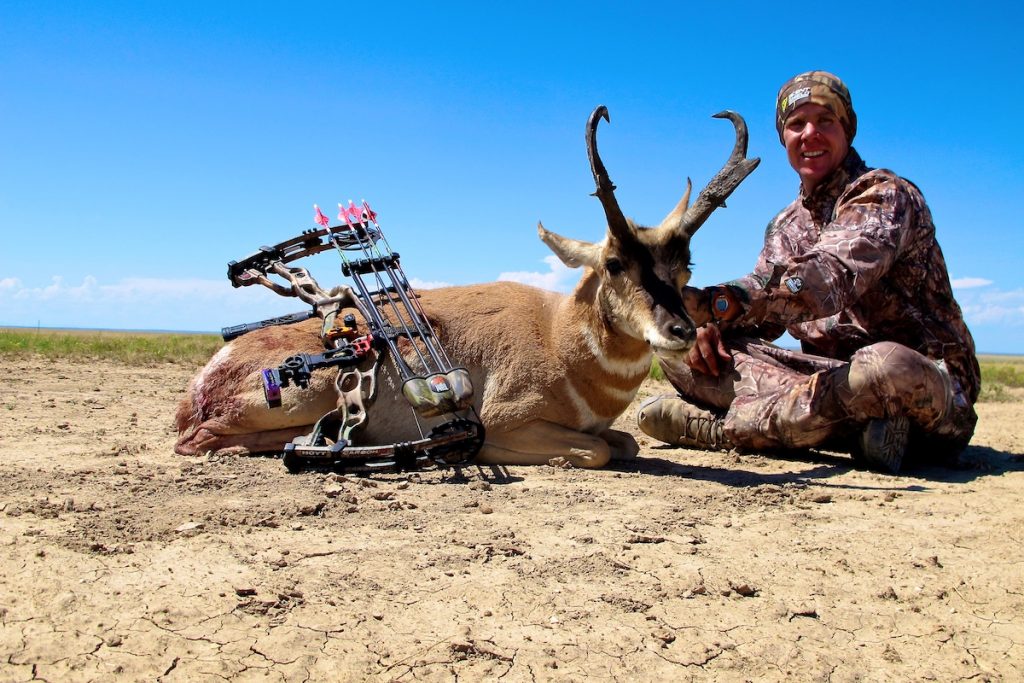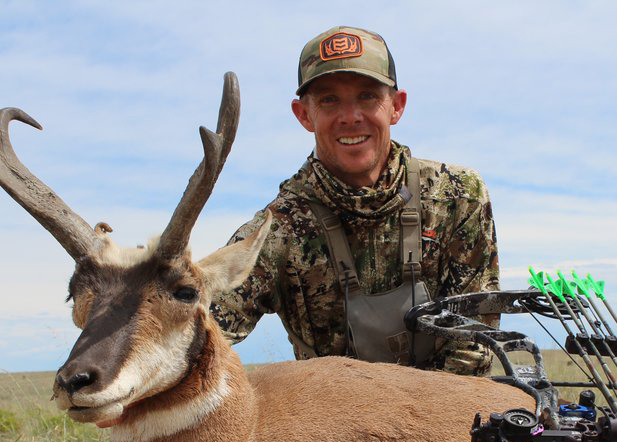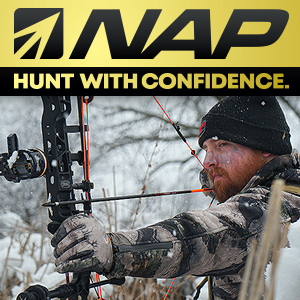If you find the right water and set your ground blind properly, chances are good you’ll become a waterhole pronghorn assassin. Here’s how to get it done.
by Jace Bauserman
I have bowhunted pronghorn across the West for 23 years. Here’s what I know. First, no animal can hide from your ninja skills if you can kill a pronghorn by spot-and-stalk. Second, no animal, other than a bear over bait, is as predictable as a pronghorn once you establish where their favorite refreshment stand is.
Water isn’t always in play — before and mid-season gully washers will kill the best-laid waterhole plans. When prairie temps are torrid, though, and the ground is hard and dry, there is nothing better than hunting speed goats over water.
You will be in for action-packed days if you find the right stock tank, cattle pond, natural lake, etc. The trick is finding the exact water source pronghorn are keying on.
The Right Water
Start by looking at aerial and paper maps of your hunt area. I prefer HuntStand for digital mapping apps, but do what’s right for you. Next, take note of any prairie ponds or springs, especially those in flat, open landscapes. Next, look at every stock tank setting in flat, open areas.
A pronghorn’s primary defensive mechanisms are its speed and eyesight. They prefer to drink from a water source that doesn’t require them to dip their eyes below the metal rim of a stock tank. They also prefer water sources in open areas where they can see danger coming for miles and be able to stretch their legs if something buggers them.
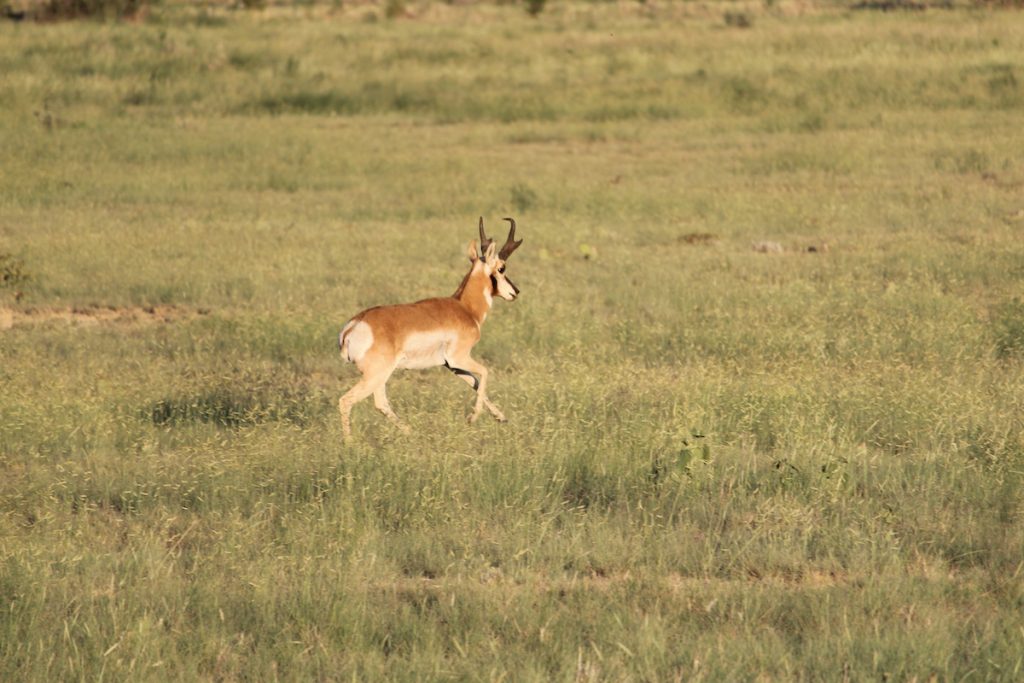
Next, do some hands-on recon when you arrive for your hunt. Visit each water source and look for tracks around the pond or tank. Ponds are easy because tracks will be noticeable in the mud, but tanks are different.

Often, cattle pack the dirt around a stock tank rock hard, making tracks hard to see. I have had some fantastic hunts on stock tanks when pond water isn’t present. If I arrive at a tank and see no tracks, I walk the cattle trails coming to and from the tank. These trails are typically puffy, and prints are easy to see. Bucks will also often scrape around water sources. If you see small dugouts with urine and poop in the dirt, you know that bucks are in the area.
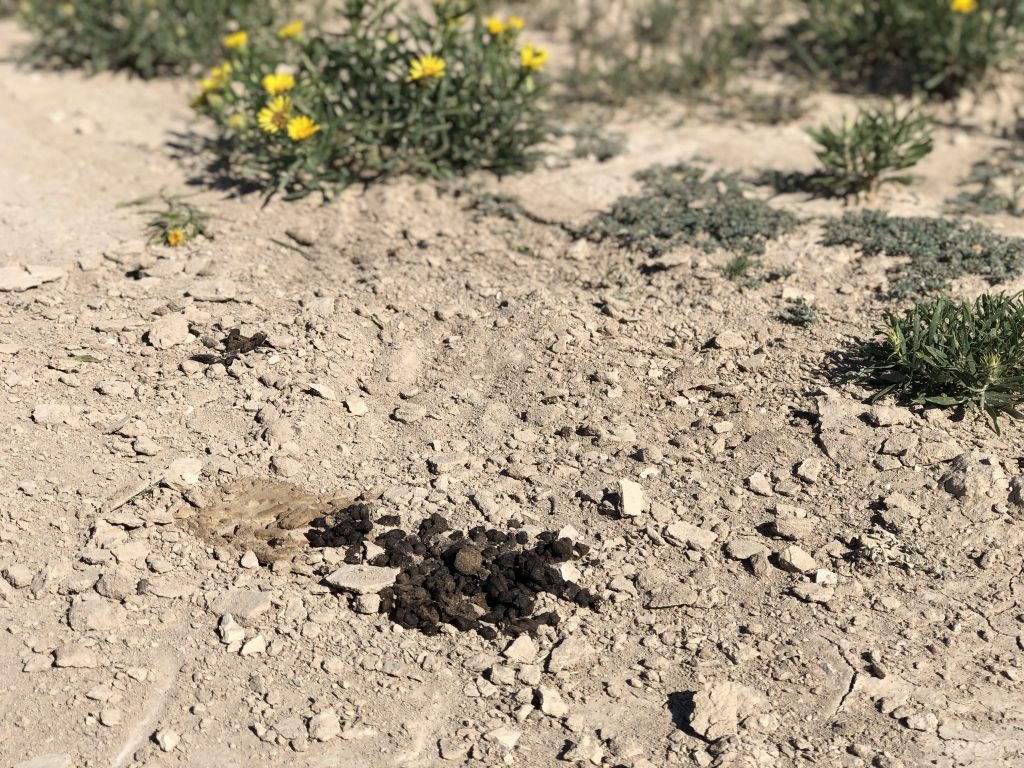
When time permits, I hang a trail camera over the water source. If the state you are hunting allows cellular cameras, they should be the go-to, but if not, a quality digital trail camera that handles the heat well will work fine.
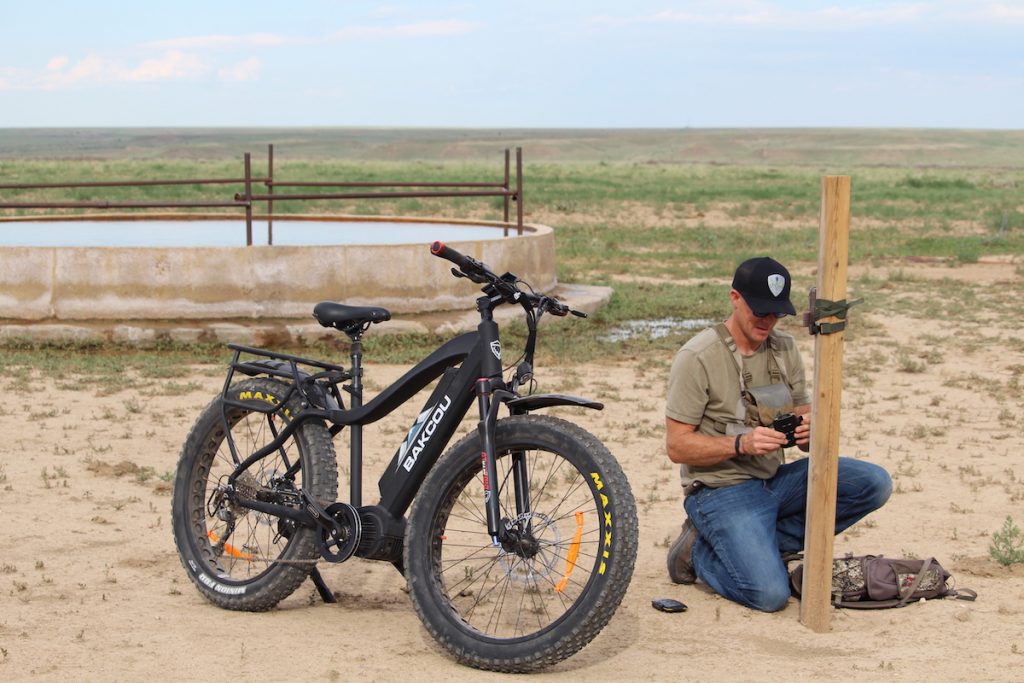
If you invest some time, you will find the best spot to place your ground blind. Ground blind placement isn’t as simple as popping up a hub-style ground blind over water at 20 yards. There is much more to it, and we will cover the how-to of this at the end of this article, but first, you need to know about these three excellent ground forts.
Double Bull SurroundView Double Wide Ground Blind
I have punched the lungs of many pronghorns while crouching in the back of a Double Bull. My favorite pair of features of the Double Bull SurroundView Double Wide Ground Blind is the room and the view.
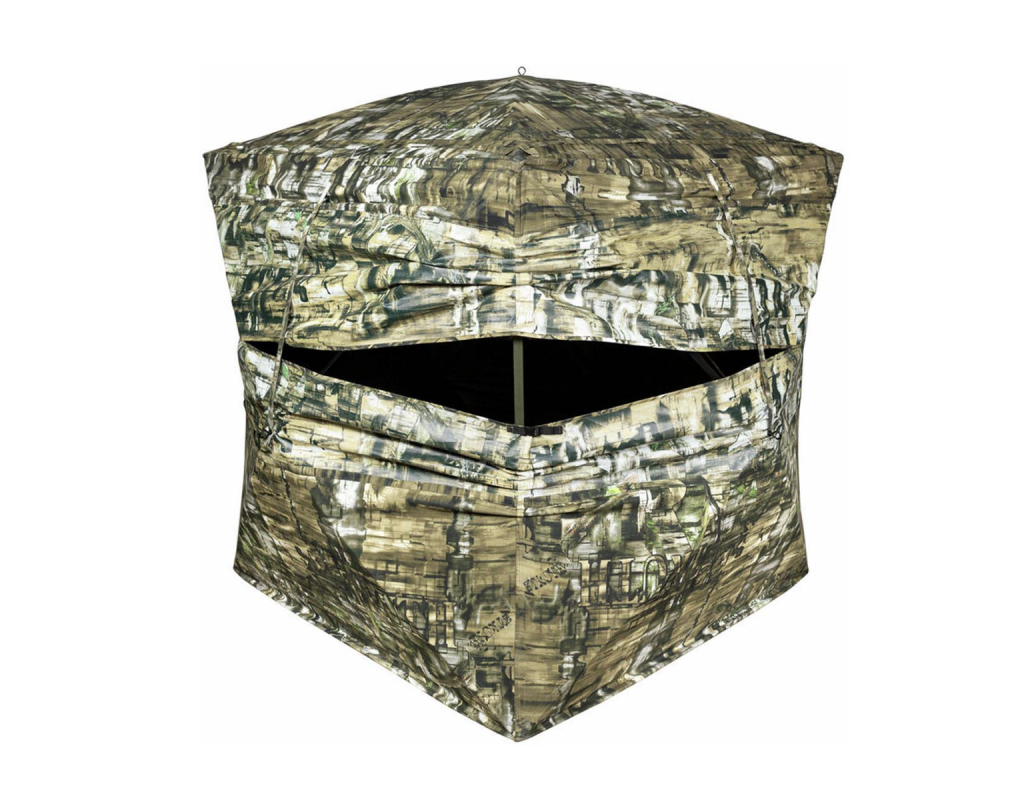
You will have plenty of gear in your ground blind. Days get long and hot, and you’ll want a cooler with cold drinks and lots of food. I also like to take a book and a spotting scope and tripod so I can watch goats at a distance. This ground blind’s hub-to-hub height of 70 inches and 60″ x 60″ floor plan provides plenty of room.
Visibility comes by way of a 300-degree one-way see-through mesh. The blind comes with a black curtain, so you can black out any wall you wish for better in-the-blind concealment. A built-in sun visor promises maximum vision during sunrise and sunset, and the zipperless Double Wide Door makes entry and exit easy and quiet. Plus, this blind is built like a tank. Prairie winds will test a blind’s build. The Double Bull SurroundView Double Wide has always held up.
Browning Evade
Another roomy, durable ground blind I love and have had excellent success with is Browning’s Evade. At 19 pounds 8 ounces, you want to drive to your spot and drop this big dog, but you get a center height of 5 foot 10 inches and a shooting width of 74 inches. I applaud the double door design with QUICKCONNECT magnetic door closures.
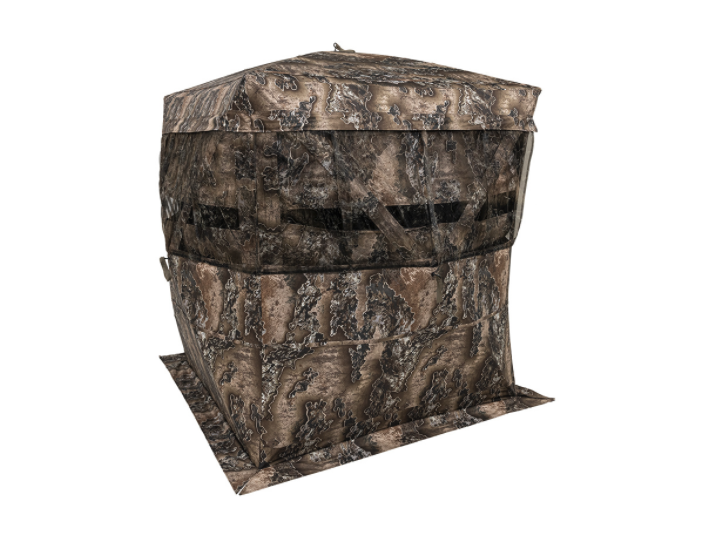
Another win is the SILENT-TRAC window system. The windows provide 180-degree shooting and can be raised or lowered silently in limitless positions. Plus, I love the easy-to-manipulate window screening.
Aluminum hubs with engineered tips and pins married with 100 percent 600D polyester with blacked-out backing up durability, and the blind has four pockets for gear storage inside.
Ameristep Pro Series Extreme View Hub Blind
This blind is on the large side, and when hunting prairie speedsters, I like that. The blind features 12 window openings and sports a one-way see-through mesh. You can see the pronghorn, but they can’t see you. The Pro Series Extreme View Hub measures 56″ x 56″ x 56″ and has a shooting width of 77 inches.
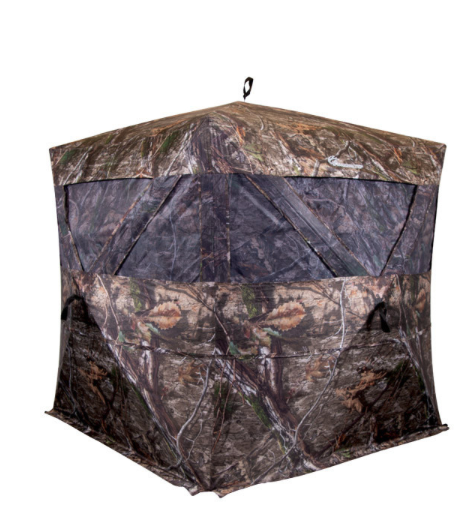
The full-size walk-through door makes entrance and exit easy, and I applaud the pentagon footprint. Additional depth has been placed in the rear for improved maneuverability and concealment. Silent-slide window covers mean last-minute window adjustments are quick and quiet, and the Black ShadowGuard interior eliminates shadows and game-spooking odor. The Durashell Plus fabric is tough as nails, too.
Chairs & More
You can have the best ground blind in the world, but use a crappy Walmart camping chair, and you won’t experience comfort.
If I’m hunting private or public land that allows me to drive to my ground blind, my go-to chair is ALPS’ Stealth Hunter. The bulletproof mesh material is a cloud for your back and butt, and each leg adjusts independently. With independent leg adjustment and large swivel feet, you can match this chair against any terrain and remain balanced and comfortable. Plus, the powder-coated steel frame is highly durable.
If I’m hunting a walk-in area or locale where I have to tote my chair on my back, I opt for ALPS’ Rhino MC. You won’t find a more durable chair, and it’s easy on the wallet. The back of the chair is angled and padded for increased comfort, and I have never had an issue with the extra-wide triangular seat separating from the powder-coated steel frame.
The chair weighs 5 pounds 6 ounces and folds up quickly for easy deployment and breakdown. The chair comes with a bag with an attached sling. However, I prefer to attach it to my backpack via compression straps.
You may want to go the extra mile, especially if you can drive to your ground blind and cut a piece of old carpet for the floor. Dry prairie ground mixed with wind covers you and your gear. I put down a piece of old carpet any chance I get.
Set It Up Right
You know what blinds to consider and what chairs to get, but nothing will foil a good waterhole plan like poor blind placement.
I like to get my ground blinds out early — at least one week before the opener. I set my blinds 40 yards from the water source to give approaching speed goats room. Set a blind right on top of the water source, and you could alter the daily drinking patterns of goats using it.
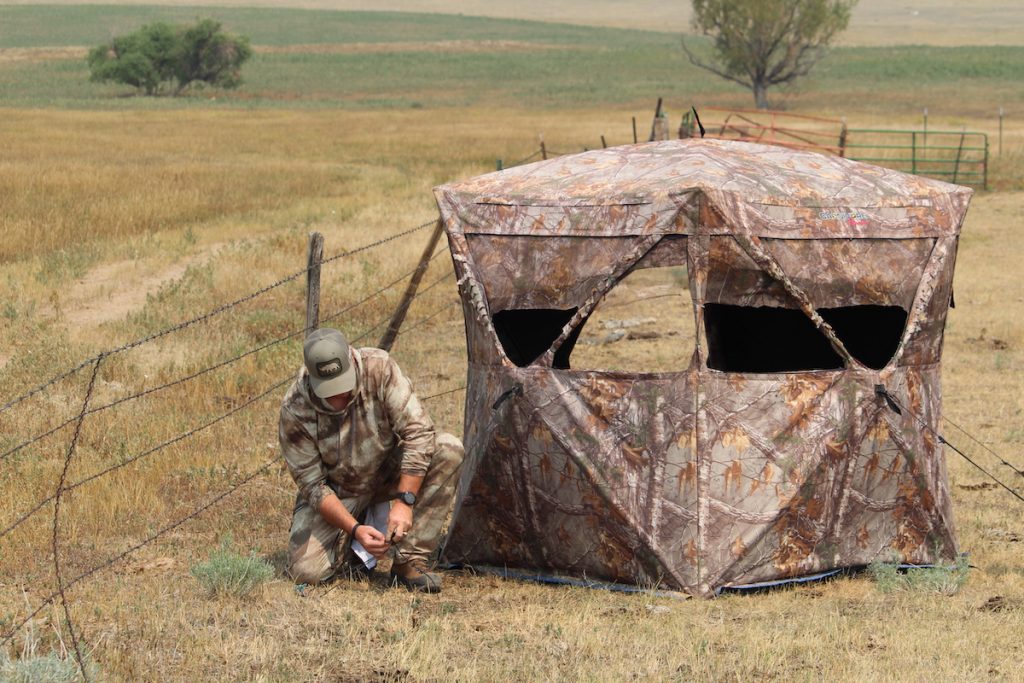
After a few days, I move the ground blind from 40 to 30 yards. If hunting public ground and I don’t have time to set my ground blinds early, I set them at 40 yards. You must be proficient enough with your archery gear to make a killing shot at 40 yards if you want to kill pronghorn regularly over water.
The instance where I get away with popping up a ground blind 20 yards and in on a water source is when I have something to break it up, and for pronghorn, it doesn’t take much. An old windmill, sage brush, pump house, fencing, etc. can be used to disguise a blind.
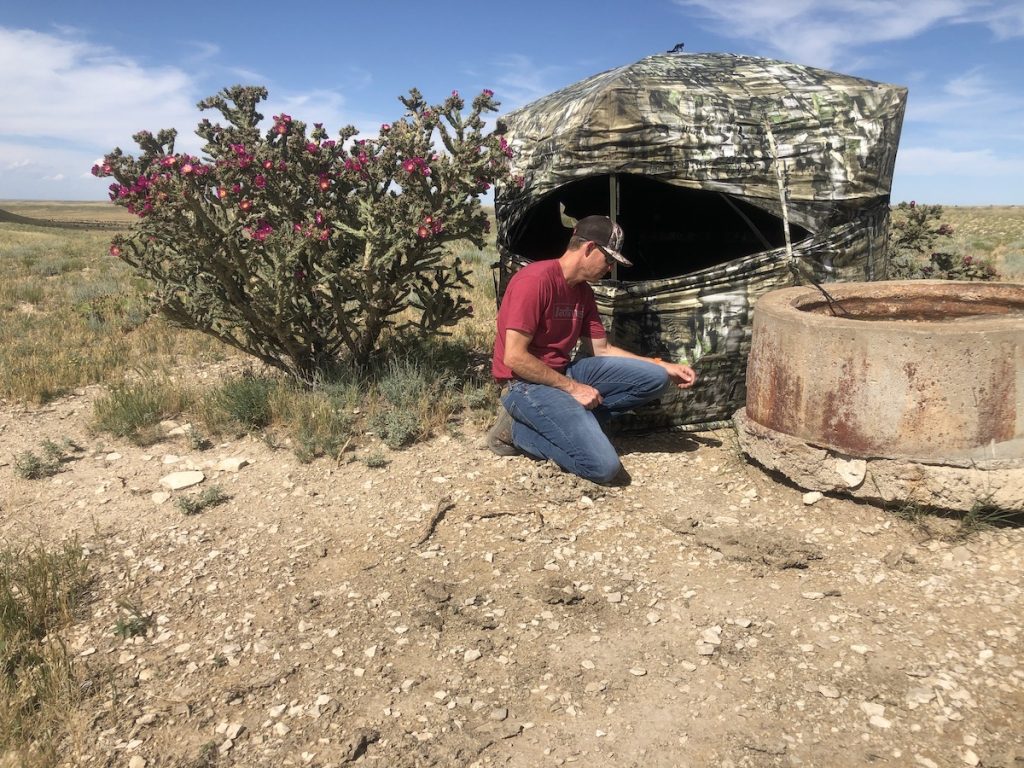
Some other ground blind tips include primary wind direction and how to stake it down properly. Pronghorn don’t have the nose of a whitetail, and a ground blind will help keep your human stink inside. However, I have had bucks, and does bugger from human odor. Western wind directions are often from the south or east, but I recommend checking local weather patterns.
You will also want some quality stakes and at least one T-post. Only use the stakes that come with your blind, and you’ll return to find either a blind that has been shredded by the wind or blown to Kansas.
If hunting private property or public property that allows me to drive to the water source, I use seven Coghlan’s Steel 10-inch Tent Stakes and one T-post. I anchor each corner inside the blind with a tent stake and anchor three ropes to the stakes on the outside. The fourth rope is tied to the T-post. Go the extra mile to protect your investment, and anchor your ground blind properly.
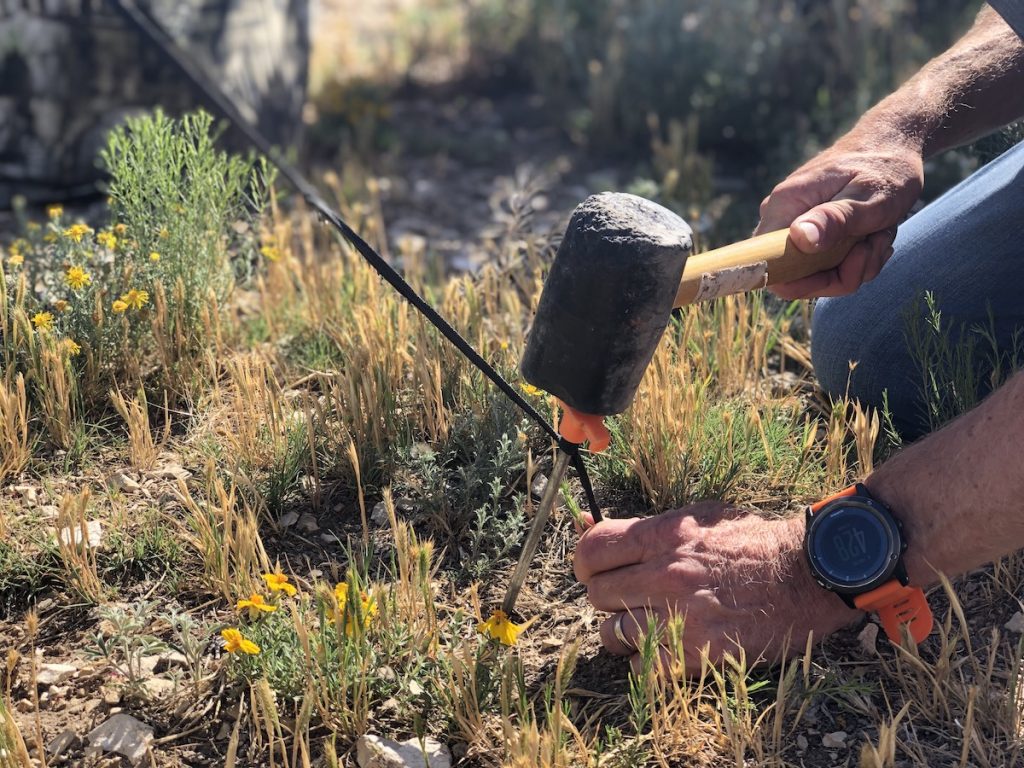
Lastly, when hunting ponds and springs, determine where speed goats will come to drink. This can be difficult; often, even if you pick the right spot, pronghorn will drink as far from your blind as possible. Be sure to choose water sources you can shoot across and to all corners.
Have fun and enjoy! Bowhunting pronghorn from a ground blind can be action-packed and, as mentioned, can be about as sure of a thing as there is in bowhunting.
